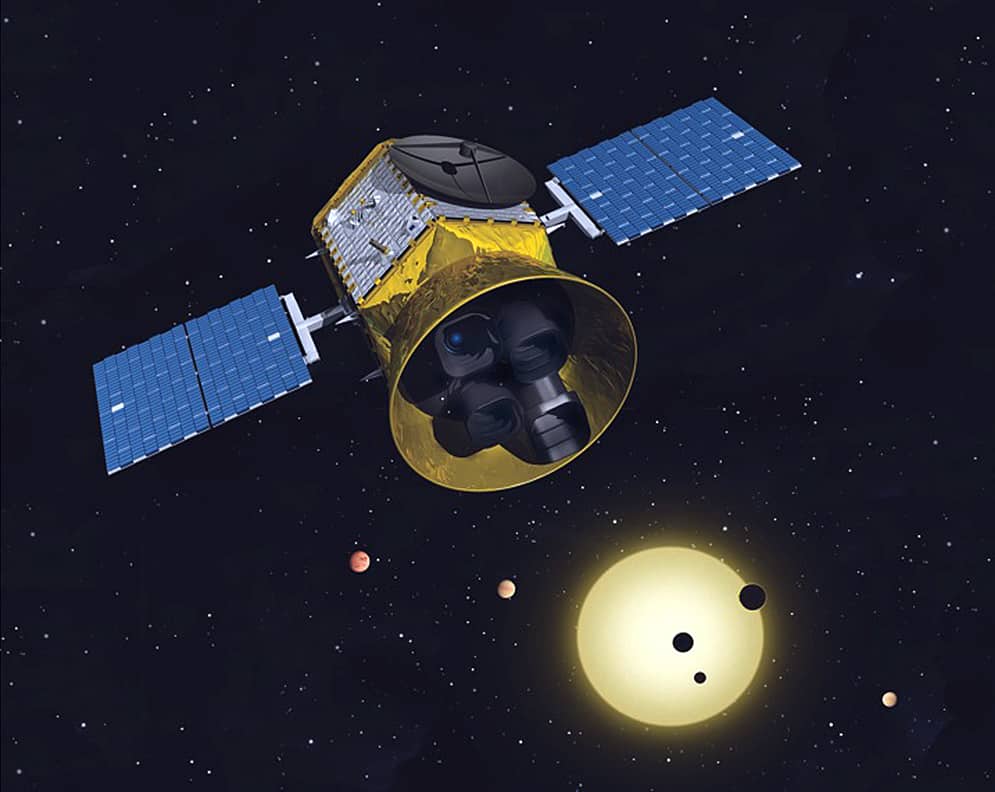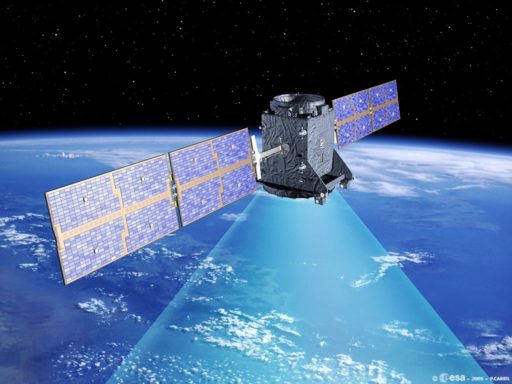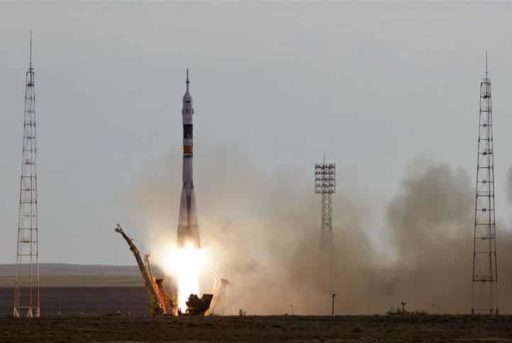We knew very little about other habitable planets until Kepler Space Telescope was launched in 2009. This spacecraft has collected data on 2,400 possible habitable planets and also entire solar systems.

However, the data that we have on each of the planets are not enough. Most of the planets are too far away. As a result, ground-based telescopes are not able to collect enough data.
TESS- A new Milestone in Space Exploration
The Transiting Exoplanet Survey Satellite is expected to launch from Cape Canaveral on 16th April. George Ricker is leading the mission. He is from the Kavli Institue of Astrophysics and Space Research at the Massachusettes Institue of Technology.
TESS will find possible target planets for interstellar probes in the future. -Dr. Ricker
How will it Function?
The spacecraft has four wide-field cameras that can see in the near-infrared spectrum. Instead of looking at a very narrow area of the sky, it will survey the entire sky. The spacecraft will divide the sky into 26 slabs. The overall duration of the survey is two years. Interestingly, TESS will cover an area 400 times greater than what Kepler did.
As TESS will orbit the Earth from a distance of 100,000km, scientists at Earth will be able to download a lot of data at a very high speed. In a 30 minute sample, TESS will be able to look at 30-50 Million stars.
Looking for Exoplanets
Transiting Exoplanet Survey Satellite
TESS will be observing Red Dwarf or M-dwarfs. According to Dr. Ricker, 75% planets in the Milky Way Galaxy are of this sort. These cooler and dimmer stars have twice the number of planets orbiting around it compared with what our Sun has. Additionally, these Red Dwarf stars are roughly half the size of our Sun. Which means in order to sustain life, the planets around it would need to maintain a short distance orbit for warmth. Due to this factor, the planets would orbit more frequently around their host-Dwarf Planets. In light of the previous fact, these planets will be more easy to spot as they would dim the brightness of their host star simply because they are larger.
Wrapping up!
SpaceX Falcon 9 rocket will carry TESS into Space. Once TESS has completed its mission, we will have a detailed catalog of all the nearby exoplanets. And based on the findings a follow-up mission can be carried out by future telescopes such as James Webb.
Please let us know what you think about NASA’s new spacecraft. In the meantime, why not learn about another revolutionary spacecraft-Voyager 1. This spacecraft has traveled 13 Billion miles into space. Read more here Where Is Voyager 1 Now?



![Read more about the article [Video] Watch SpaceX’s Grasshopper Reusable Rocket Making New Record And Landing Safely](https://thetechjournal.com/wp-content/uploads/2013/03/SpaceXs-Grasshopper-Rocket-512x290.jpg)